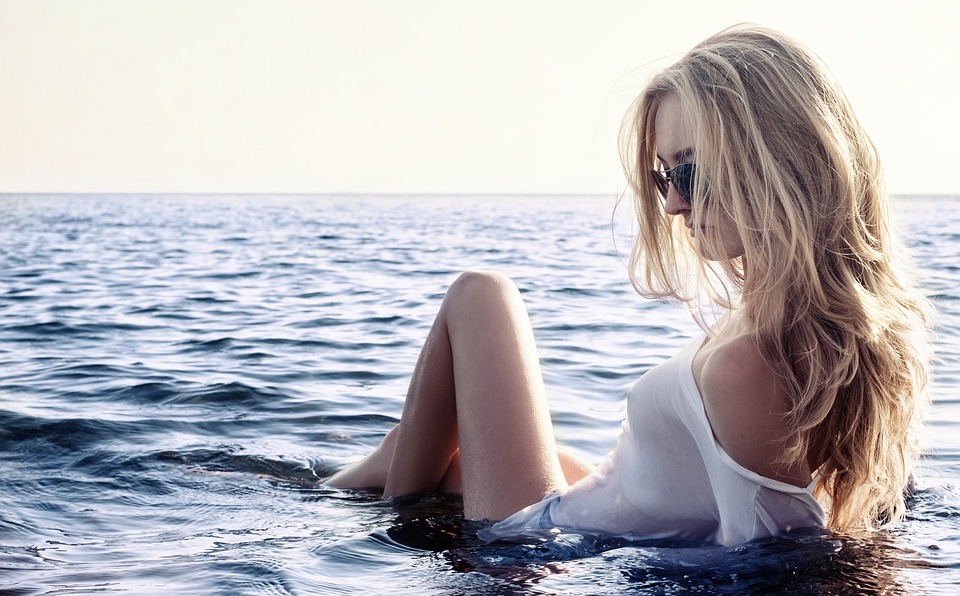So I joined Coast Aquatics, the club team I swam with in middle school and high school, but this time as part of the coaching staff. So I initially started my coaching career with the youngest of the new swimmers, which we called the junior group. The beginner set is solely based on learning how to swim and kick all four strokes.
For the junior group, it is the most developed group in the entire team. It is the place where all athletes learn the basic technique of every single stroke. As I mentioned earlier, the kick is a huge focus in the group. Why you may ask?
A good kick in swimming is a basic building block used at every level of swimming, the foundation of all strokes and the determining factor for any potential swimmer. Some swimmers are kicking in nature, but a lot of it has to do with ankle flexibility as well as hip flexibility. These two things can be refined to help a swimmer later in their career, raising their ceiling for improvement. This is why swimming practices for beginners mainly consist of kicks and drills to improve the basic fundamentals of all four strokes. This helps in shaping and shaping good practice habits. When the swimmer starts to excel and is by far the top of their group, we will move the swimmer to the next group. This is usually a very noticeable and easy decision to make. The second, more advanced developmental group is the group I train in the first place and is called the “age group” group. In this training group, the workouts are a little bit more focused on different levels of training and we’re basically splitting it into four days because that’s the only four days we’re offered. But of course it can be opened up wider depending on training schedules.
Our weekly practices consist of primarily free aerobic exercise in the first practice of the week, moving up to my threshold in the second practice of the week, and moving on to a practice we like to call the rainbow exercise because it contains small portions of each component of the training week. Finally on the fourth and final day of practice we do what’s called quality. A quality swim practice always consists of a very fast swim with maximum effort, there is plenty of rest between each of these swims to almost completely ridicule a real swim meet, we do this to give kids a chance to get up and go fast and get used to the racing routine.
Along with the age kick, the kick is also a huge component to their success as a swimmer. The age range is still a very important developmental building block for athletes, as they are still learning great basic habits for all four strokes and still improving technique. Style and quick kicking are a major focal point for the age group swimmer. In theory, the more solid foundation they have in the beginning, the easier it will be to advance. Hopefully, by now you have grasped what competitive swimming is like in the growing stages!
